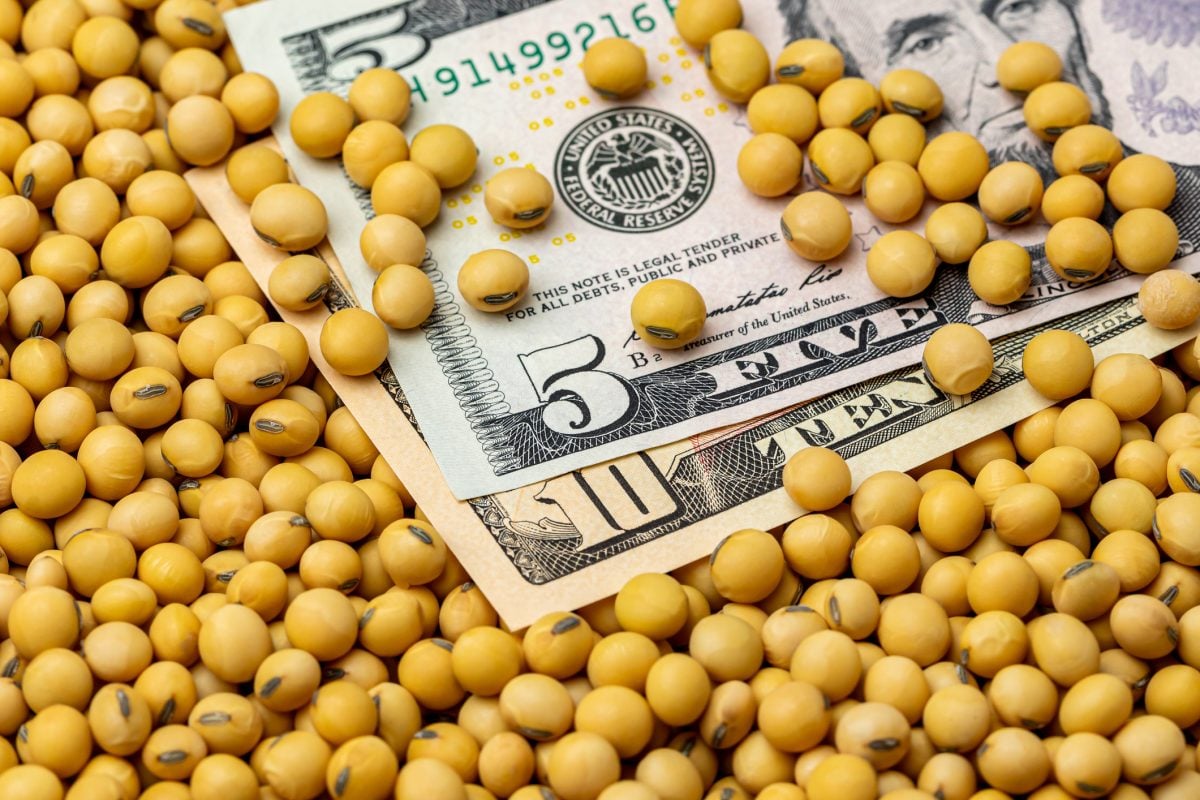Glacier FarmMedia – After hitting their softest levels in three years, the Minneapolis spring wheat market uncovered some support on April 3, although all the spring-seeded U.S. crops could hold rangebound through the planting season.
“Technically, it was getting into oversold territory,” said Tom Lilja of Progressive Ag in Fargo, North Dakota, on the corrective bounce in spring wheat futures. He added that the market had likely overreacted to the higher-than-expected spring wheat acres in the United States Department of Agriculture’s prospective plantings report released last week.
Read Also

U.S. grains: Soybean futures hover near 15-month high after China buys U.S. cargoes
Chicago Board of Trade soybean futures hovered near a 15-month high on Wednesday after trade sources said China made its first purchases from the autumn U.S. harvest ahead of a summit between leaders Donald Trump and Xi Jinping.
U.S. spring wheat seedings were forecast to hit 11.335 million acres in 2024, which would be up slightly from 11.200 million acres the previous year. Durum area was forecast to rise by 21 per cent, at 2.028 million acres. However, winter wheat area was down by seven per cent.
“The good news in the report was that all wheat acres, including winter wheat, were down by 2.1 million (acres) from last year,” said Lilja.
May spring wheat hit a three-year low for a front-month contract of US$6.2525 per bushel in overnight trade before uncovering support to settle 14 cents off that low on April 3.
Chicago and Kansas City winter wheat contracts are still holding well above their lows from late-November, which Lilja said was somewhat supportive for the Minneapolis futures. However, that may not mean higher prices, but rather a narrowing of the spread between spring wheat and the winter wheats.
The acreage report was supportive for corn futures, with tighter quarterly stocks also underpinning that market. As a result, Lilja expected corn would trend sideways to higher over the spring planting season.
For soybeans, ideas that Chinese imports may not live up to earlier expectations were overhanging the market. However, Lilja noted that the likelihood of increased volatility through spring planting could lead to choppiness in the futures.
—Phil Franz-Warkentin is an associate editor/analyst with MarketsFarm in Winnipeg












